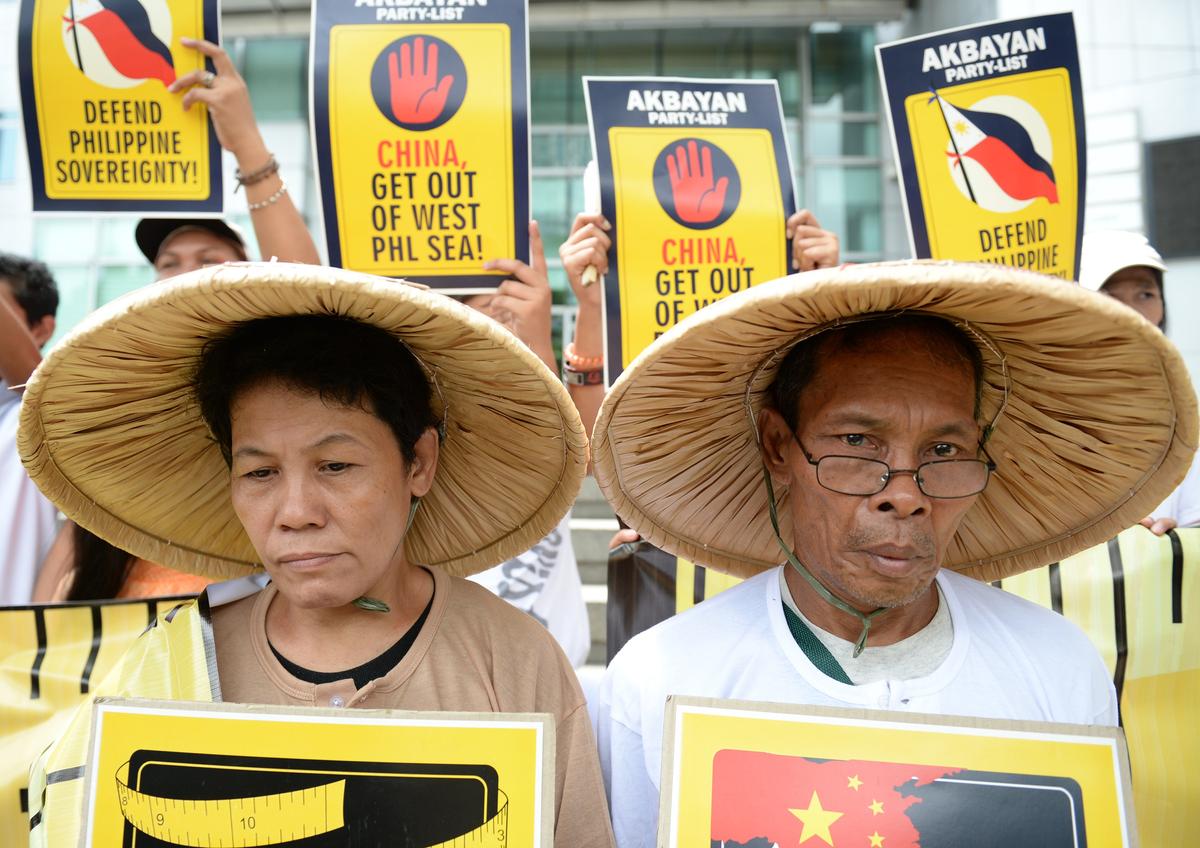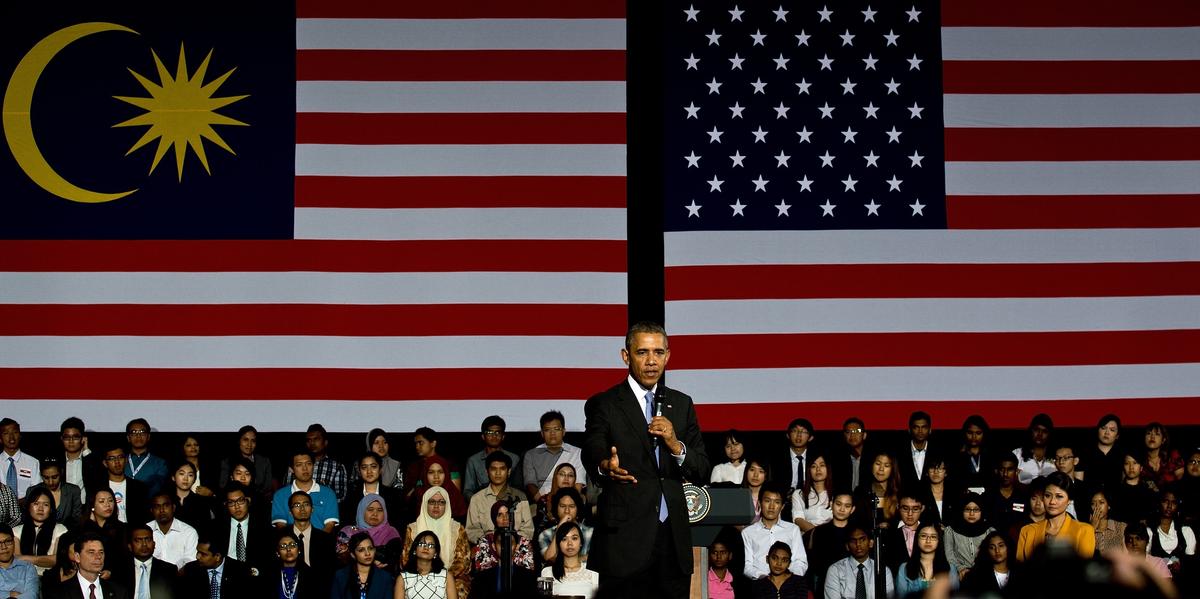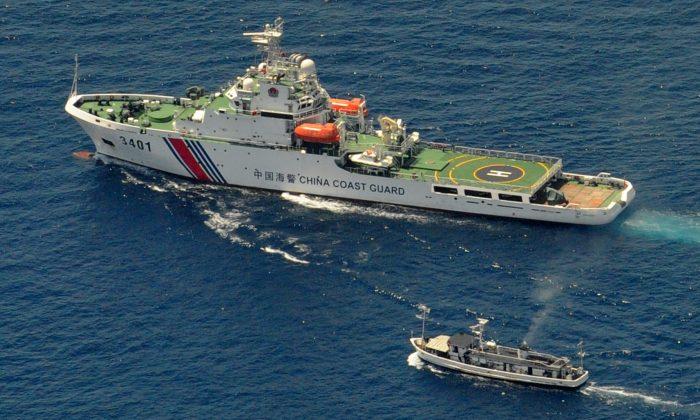Until recently, Japan was a country where national law forbade it from using war as a way to settle international disputes. The Philippines was on the U.S. piracy list. Indonesia was a neutral country. And no U.S. president had visited Malaysia in 48 years.
All of this has now changed, as President Barack Obama wrapped up his visit to Asia—Japan, the Philippines, Malaysia, and South Korea. A coalition of Asian countries is now forming under the U.S. military’s new focus on Asia, and with it new economic agreements, a rekindling of foreign relations, and the unraveling of tensions, which have historically divided the region.
China is not part of this coalition, however. This is due to the fact that through growing aggression, China has of late made itself the enemy of nearly all its neighboring countries. In the last year, the actions of the last communist empire have unraveled the image Chinese authorities have been trying to build for decades.
“What happened is China abandoned its ‘peaceful rise,’” said Edward Luttwak, an author who has served as a consultant for several U.S. government entities, including the Secretary of Defense, State Department, and the National Security Council.
China’s “peaceful rise” was the line party planners once used when touting the communist regime’s approach to foreign policy. It was based on the idea that China has its way of doing things internally—such as its human rights abuses—but these elements of aggression would not extend beyond its own borders.
China dropped this approach, however, when it began flexing its muscles over territorial claims in the East and South China seas, where many countries have overlapping claims to islands, islets, and reefs.
“This China,” said Luttwak, referring to China’s new aggressive approach for territorial claims, “is a China that brings into existence an anti-China alliance.”

Protesters hold anti-China placards and shout slogans during a rally in front of the building housing Chinese consular offices in Manila on April 2. China warned the Philippines on April 1 after Philippine leaders asked the United Nations to rule in their favor in a maritime dispute. (Ted Aljibe/AFP/Getty Images)
Asia’s Pivot
Three island chains have become an international focus. In the East China Sea, there are the Senkaku Islands, which are grouped with Japan’s Ryukyu Island chain. In the South China Sea, there are the Paracel Islands and the Spratly Islands.
All countries whose shores border the islands lay claim to at least some of them. China, meanwhile, lays claim to all of them.
Tensions came to a boiling point in November 2013 when China announced an Air Defense Identification Zone over the Senkaku Islands in the East China Sea. It followed this with new “fishing regulations” in the South China Sea in January.
Chinese leaders said they would defend the air defense zone militarily, and the fishing area with new laws. The surrounding nations, as well as the United States, said they would not recognize either. Tensions grew. Chinese ships have nearly rammed fishing boats and military ships of other nations. Chinese jets track and follow aircraft in the region.
In the end, what China created was an environment of tension—an environment where other countries were meant to fear China, and to abandon their territorial claims according to China’s demands.
The effect, however, turned out to be the opposite.
Luttwak said the current situation differs from similar tensions during the Cold War when the Soviets were threatening Europe. At the time, many U.S. allies in Europe were still recovering from war, Germany was unable to have an army, and the United States was by and large the only country able to challenge Soviet power.
The conflicts today with China are very different.
“In the Pacific you have countries that outnumber China, have more gross domestic product than China, and arguably more technology than China,” Luttwak said. “Combined, India and Japan are greater than China.”
He added that China’s power is fading even more now that its economic growth is slowing—and especially now that China has provoked its neighbors to militarize and form an alliance to counter its actions.
The U.S. presence in the region only adds to this countering force.

U.S. President Barack Obama answers questions from young student leaders at the Young Southeast Asian Leadership Initiative (YSEALI) Town Hall during a visit to University of Malaya in Kuala Lumpur on April 27. (Manan Vatsyayana/AFP/Getty Images)
Riding a Tiger
Rather than back down, China is instead beating its drums more loudly.
While Obama was visiting other nations in Asia, Japan announced it will build a radar station on Yonaguni Island just east of Taiwan. China quickly shot back, saying it would hold patrols, military drills, and other activities near Japan’s new station.
According to June Teufel Dreyer, a former senior Far East specialist at the Library of Congress who served as Asia policy adviser to the chief of Naval Operations, many countries in the region find themselves in a complicated situation.
“Obama has taken the right steps to assure these countries,” she said, while noting that China will likely test the U.S. resolve to act.
“I think this will escalate further,” Dreyer said.
“I think what China is trying to do is provoke Japan to do something like firing a shot, and that will give them the excuse they need to move forward,” she said. “They’re going to say the Japanese side did this thing, and we are compelled to take counteraction.”
China is also in a complicated spot: If it backs down it loses face in front of the world, and if it keeps pushing, other nations will continue pushing back.
With the United States in particular, China has unintentionally helped it strengthen its relations and alliances in Asia in ways it would likely not have otherwise.
Only two years ago, Japan was ready to kick the U.S. military out of Okinawa. The Japanese view of U.S. military presence quickly changed when China announced its air defense zone and started threatening Japan, saying the United States would not defend it in war over the Senkaku Islands.
China’s claims forced the United States to clarify its defense relationship with Japan, and during Obama’s recent visit to Asia, he said directly that the U.S. commitment to defend Japan is “absolute.”





